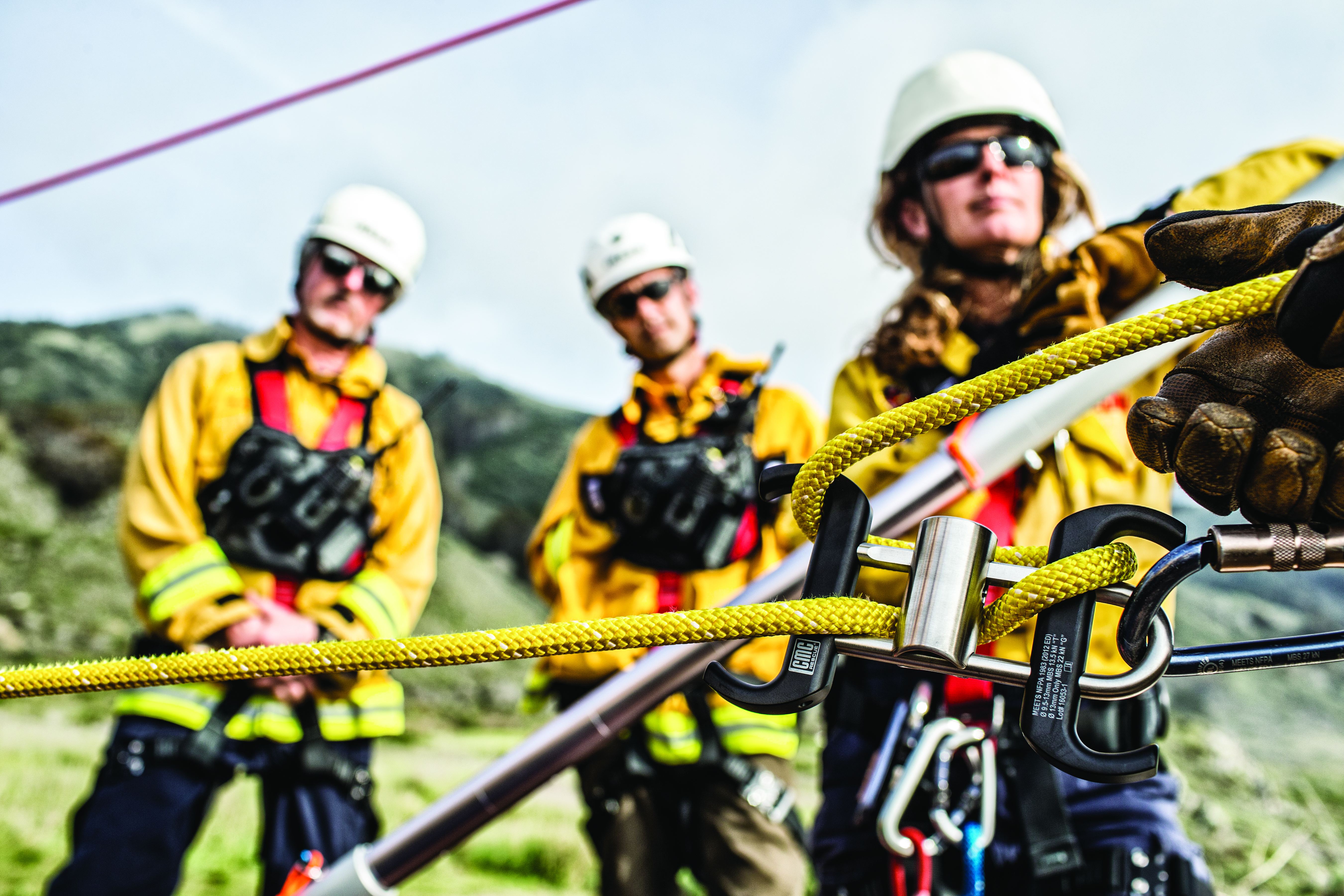Good Gigs: Employee-Owned Businesses
How to Work for Equity in This Business Model

Employee stock ownership programs (ESOPs), which gained ground in the 1970s, allow employees to become owners of a company without taking on any of the risks that traditional stock ownership comes with.
While ESOPs aren’t widely popular in the U.S., Santa Barbara is home to quite a few of them: Toyon Research, Allen Construction, Pacifica Graduate Institute, Hardy Diagnostics, Frank Schipper Construction Co., and CMC Rescue, to name a few.
“It’s really a long-term business model,” explained CMC Rescue CEO Rich Phillips. “You’ve created a market for the shares of a private company. It’s still private, but you’ve given it sustainability, and you’ve also invested in and changed the culture of the company. Now everybody’s an owner, and that’s quite the shift.”
When wage-earning employees become owners, “the hallway conversations change,” said CMC CFO Beth Henry. “We started hearing things like, ‘Is that in our budget?’”
Switching to the ESOP model is what allowed CMC, the Goleta-based safety equipment supplier, to stay local rather than sell to a bigger company. Forming the ESOP was their way of saying, “We’re going to stay here, this is going to be our home, and we’re going to be contributing members of this community,” said Phillips, “and that was a gutsy call because it’s expensive to do business here.”
Statistically, though, employee-owned businesses “do better financially [and] are less likely to go out of business in the long-term,” explained Phillips. “Employees generally make more money than they do in other companies, and they have a retirement benefit that is many times more than the average company when they leave.”
“There’s no real downside; everyone gets paid in the end,” said Phillips. For example, one of their employees who just got married and moved away after six years with the company cashed out his shares for a little under $100,000.



